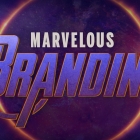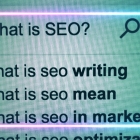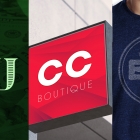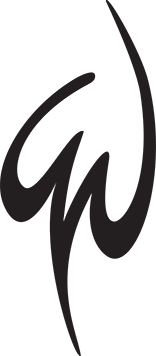Where Did Everybody Go? An Interview with Adam Harvey
Have you noticed that your engagement on Facebook seems to have dropped recently? You may be thinking that your followers have deserted you, but that’s not the case, GLAD WORKS friends. They can’t see you as much anymore because Facebook recently rolled out two new features that some say will have a devastating effect on brands, while others say it’s a chance to re-connect with truly passionate fans and followers.
The changes come in two flavors: Opt-in Notifications and a separate Pages Feed. Opt-in Notifications for page updates allow users to opt to receive posts from brands they like, allowing them to filter out posts by other brands. (To add a brand to your interest list, go to the brand’s page, click on the arrow next to “message” and in the drop down menu, click “add to interests list.”) There’s also a separate Pages Feed (click on "Pages Feed" in the left sidebar to view) where users can see all posts from pages they’ve liked instead of seeing them come up in their feeds along with family and friends.
Some say these new features offer brands a chance to re-connect with their fans, others fear this is a devastating blow to brands who have already worked hard to acquire and engage their fans, forcing them to pay to reach their followers since with the new features, Facebookers who ‘like’ a brand page will now only see about 10% of what that brand posts—unless the brand opts to pay to promote their posts.
To help us sort all this Facebook Tomfoolery out, we interviewed Adam Harvey, the social stallion (he totally made us call him that) in charge here at GLAD WORKS. Here’s what he had to say…
What impact have these features had on brands so far?
So far it looks like these two new features are negatively impacting brands. We see it happening on our own Facebook page. Our interaction with our followers has gone way down since the changes were rolled out—despite taking active steps so that fans know they need to add us to their “interests lists” to keep seeing our posts. I know this is true for other brands as well.
This is a big problem for many brands whose followers don’t know about the changes or who aren’t motivated to add them to their “interests list.” Many brands are finding that they have to take active steps to get their fans to do that.
To continue to get posts in front of some eyeballs, brands have to pay to promote posts even though they’ve already spent a lot of time, money and effort trying to build a community of followers. They’re essentially shut out--Facebook has basically broken their own system so that brands now have to pay for the solution.
What can brands do to get around these changes and keep their communities alive?
We’re all going to have to find ways to be even more creative and engaging than we were before. Now more than ever “speak to, not at” is the golden rule of social media. We’ve got to be as interesting as possible—as interesting as family and friends if we want to get our posts seen.
This means no more random postings about “stuff.” Every post must be carefully thought out and planned, then supplemented with a paid promotion strategy. If you don’t know how on earth to do this, now might be the time to hire a specialist (ahem).
But how do we know what truly engages our followers if our interaction has gone down so sharply?
Take what you have and work with it. Learn from what is engaging that fraction of fans who do see your posts. Pay close attention and track what kinds of things are really getting them talking to you. When you’re sure you’ve got a good post, pay to promote that one. This doesn’t mean that you have to pay to promote every single post, but maybe shift your focus to quality rather than quantity.
I think you should still keep a regular posting schedule, and don’t lose hope. You can still engage followers; it’s just a bigger challenge. Facebook’s algorithm still tends to push posts that are more engaging (getting more likes and comments) onto users’ news feeds. The better the post, the more chance for engagement, the better the odds that people will see it. That’s one way to sidestep the paid posts issue, but you’re still going to have to pay to promote a post or two here and there.
Sorry Facebookers. It was going to happen to us sooner or later!
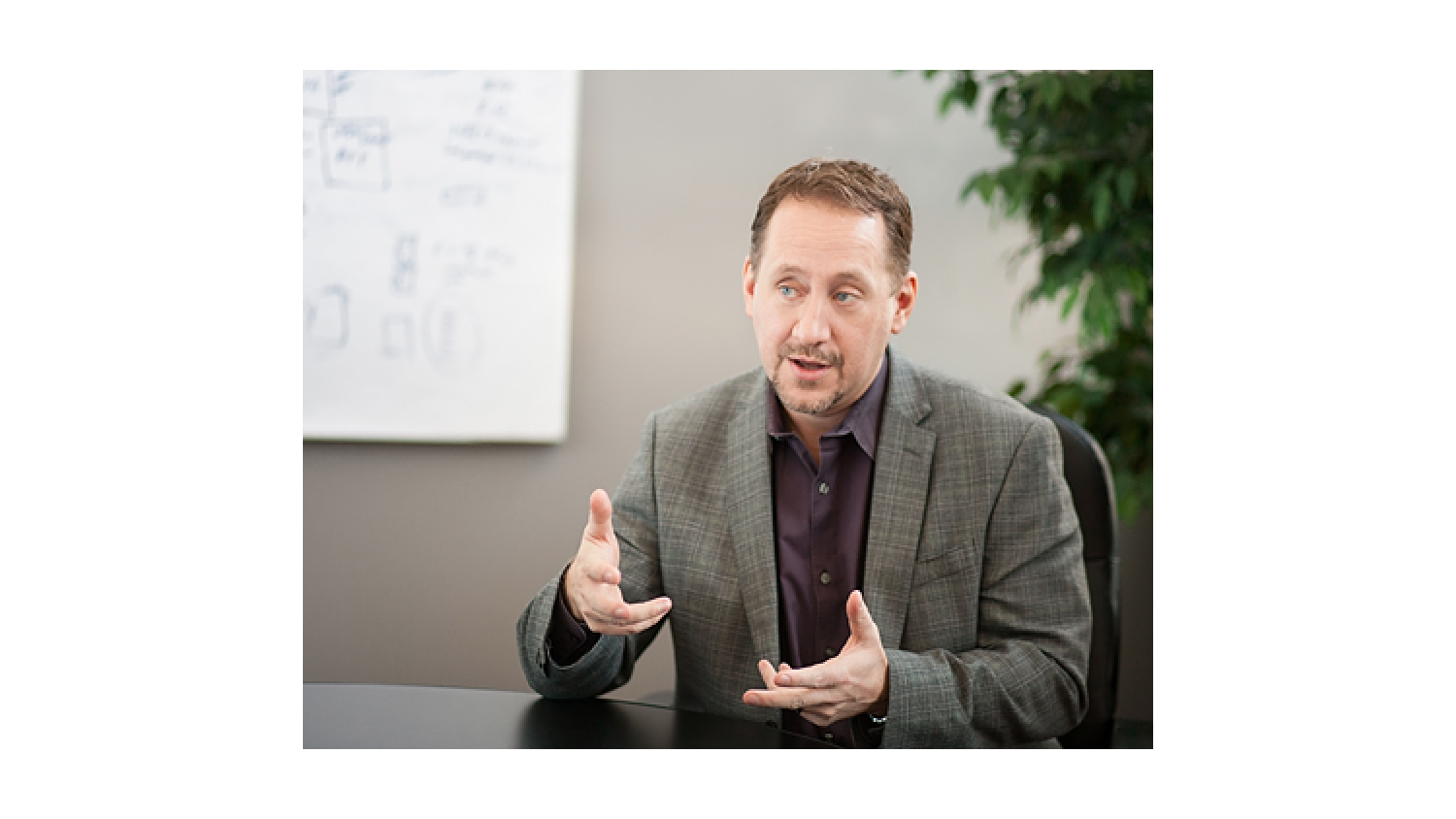
 An agency-eye view of Marketing, Advertising, Branding, Design & Media.
An agency-eye view of Marketing, Advertising, Branding, Design & Media.